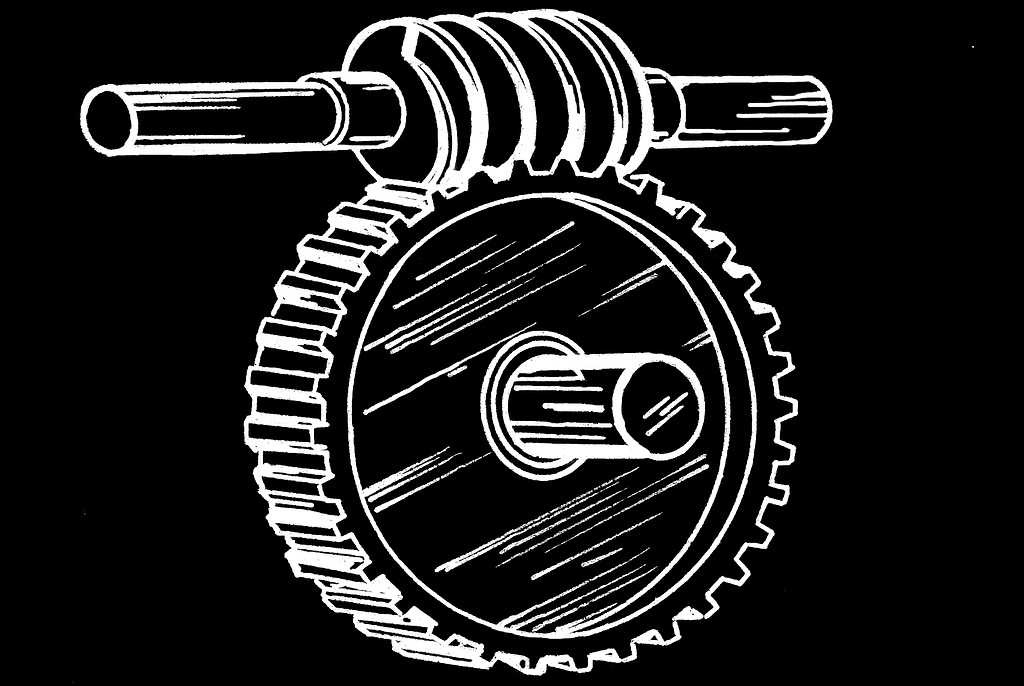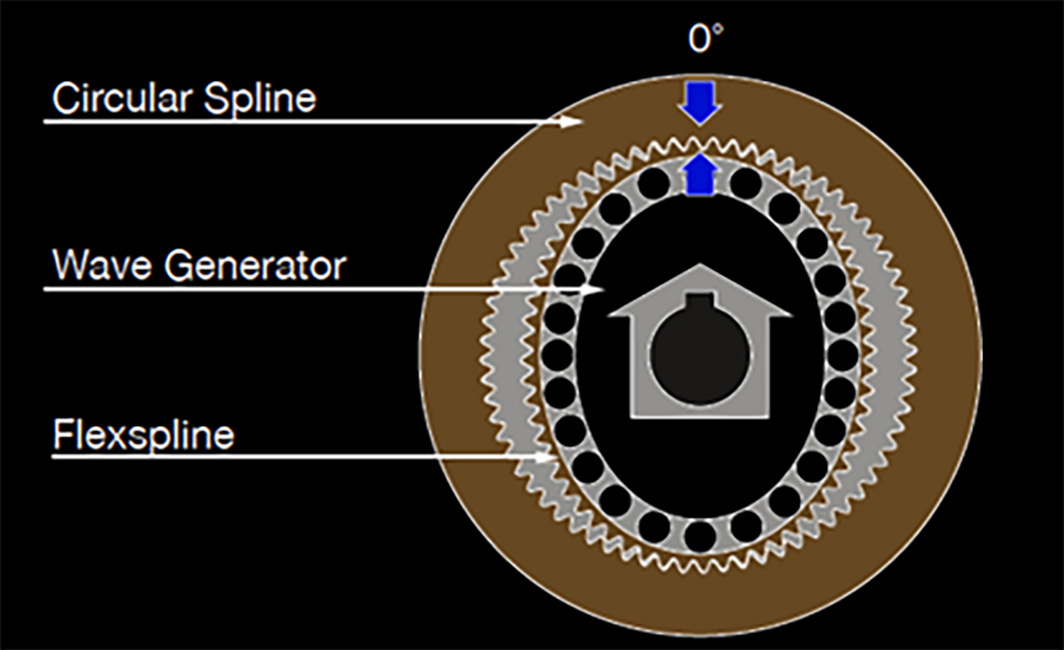
Astrophotography requires precision and stability, making the choice of telescope mount a critical decision for capturing stunning celestial images. The two most popular types of mounts used in the astrophotography community are strain wave and worm gear-based mounts. These mounts differ in their design, tracking accuracy, and applications, making it important to select the right one based on your requirements. This article explores the differences between these mounts and their motor types (stepper vs. servo), and provides recommendations for beginner, intermediate, and advanced astrophotographers in 2024.
Strain Wave vs. Worm Gear-Based Mounts
Worm Gear Mounts

Worm gear mounts have long been the traditional standard for equatorial mounts in astrophotography due to their precision and stability in tracking celestial objects. These mounts utilize a worm gear mechanism, where a helical screw (the worm) meshes with a toothed wheel (the worm wheel) to provide smooth and consistent motion along the right ascension axis. This design ensures minimal backlash and offers high-resolution tracking, making it ideal for long-exposure astrophotography where even minor inaccuracies can result in image distortion. As a result, worm gear mounts have been favored by astrophotographers seeking reliable performance and pinpoint accuracy for capturing the night sky’s intricate details.
Pros:
- High Tracking Accuracy: Worm gears offer precise tracking for long-exposure astrophotography, making them ideal for deep-sky objects.
- Established Technology: Worm gear mounts are reliable, have a longer track record, and are supported by a wide range of software.
- Compatible with Autoguiders: Due to the predictable periodic error, these mounts work well with autoguiding systems.
Cons:
- Periodic Error: A key drawback of worm gear systems is the inherent periodic error caused by small imperfections in the gears. This error can be mitigated but never completely eliminated.
- Maintenance: Over time, worm gears may require periodic adjustments and maintenance to maintain optimal performance.
- Limited Payload Capacity: As load increases, tracking accuracy can diminish.
- Best Use: Worm gear mounts are ideal for stationary astrophotography setups where accuracy over longer exposures is a priority.
Strain Wave (Harmonic Drive) Mounts

Strain wave mounts, also known as harmonic drive mounts, are precision mechanical components used in motion control systems to deliver high torque and accurate positioning in a compact form. They operate based on the principle of strain wave gearing, which uses a flexible component (wave generator) that distorts to engage with an internal gear, achieving high reduction ratios and minimal backlash. This configuration allows for smooth, precise movement, making harmonic drive mounts ideal for applications requiring high precision, such as robotics, aerospace systems, and advanced manufacturing. Their lightweight and space-efficient design, combined with the ability to maintain torque transmission even under heavy loads, make them a preferred choice in scenarios where size, accuracy, and reliability are critical.
Pros:
- Zero Backlash: The strain wave mechanism virtually eliminates backlash, resulting in precise pointing and tracking.
- High Torque in Compact Form: These mounts provide a high torque-to-weight ratio, making them lighter and more portable.
- Minimal Periodic Error: The periodic error is significantly lower and smoother compared to worm gears, reducing the need for aggressive autoguiding.
Cons:
- Cost: Strain wave mounts are generally more expensive than traditional worm gear mounts.
- Complexity: The mechanism is more complex and may be harder to repair if issues arise.
- High-Pitched Noise: These mounts can produce a high-pitched noise during operation, which some users find distracting.
- Best Use: Strain wave mounts are excellent for mobile astrophotographers looking for compact, lightweight solutions with superior tracking precision.
Stepper Motors vs. Servo Motors
Stepper Motors
Stepper motors divide a full rotation into a large number of steps, typically 200 or more, providing precise control over position. They are commonly used in budget and mid-range mounts.
Pros:
- Precision: Stepper motors offer fine control, making them well-suited for accurate tracking and guiding.
- Reliability: With fewer components, stepper motors are generally reliable and require less maintenance.
- Cost-Effectiveness: Stepper motors are less expensive, making them common in mounts for beginners.
Cons:
- Low Torque: Stepper motors typically have lower torque, which can limit their effectiveness with heavier payloads.
- No Feedback Loop: Without a feedback loop, stepper motors are more prone to missing steps, which can cause tracking errors.
Servo Motors
Servo motors use a feedback loop (via encoders) to control position, speed, and torque. This makes them ideal for mounts requiring high performance and precision.
Pros:
- High Torque: Servo motors deliver high torque, enabling them to handle heavier payloads with minimal tracking errors.
- Smooth Motion: The feedback loop ensures smoother tracking and less vibration, critical for high-end astrophotography.
- Speed: Servos offer faster slewing speeds, reducing time between targets.
Cons:
- Complexity: Servo systems are more complex and can be more challenging to repair.
- Cost: Typically, servo motors are found in premium mounts due to their higher cost.
- Best Use: Servo motors are preferable for advanced and professional astrophotographers who require high accuracy and the ability to manage heavier equipment.
Recommendations for Different User Levels in 2024
Beginner Astrophotography Mounts
Budget Worm Gear Mounts: These mounts offer good tracking accuracy at a lower price, ideal for entry-level setups.
- Examples:
- Sky-Watcher EQM-35 Pro: An affordable entry-level mount with good tracking accuracy and a payload capacity of up to 10 kg.
- Orion Sirius EQ-G: Known for ease of use and solid performance, it’s suitable for beginner deep-sky astrophotography.
Budget Strain Wave Mounts: Slightly more expensive, but offers ease of use and portability.
- Example:
- ZWO AM5: A compact strain wave mount with a zero-backlash design, perfect for grab-and-go setups.
Intermediate Astrophotography Mounts
Middle-Range Worm Gear Mounts:
- Sky-Watcher EQ6-R Pro: Highly popular, supports heavier payloads, and includes improved belt-drive tracking.
- Celestron CGEM II: A robust mount with solid construction and reliable GoTo capabilities.
Middle-Range Strain Wave Mounts:
- iOptron HEM27: A hybrid equatorial mount that utilizes strain wave technology, offering excellent performance at a mid-range price.
Advanced Astrophotography Mounts
Premier Worm Gear Mounts:
- Astro-Physics Mach2GTO: A high-end mount offering extreme precision and smooth tracking for long-exposure astrophotography.
- 10Micron GM1000 HPS: This premium mount has encoders on both axes, making autoguiding optional.
Premier Strain Wave Mounts:
- Rainbow Astro RST-135: An ultra-portable mount with a high payload capacity and zero-backlash design, making it ideal for professional use.
- Hobym Crux 3200: Supports larger telescopes with superior tracking performance, thanks to its advanced strain wave technology.
Final Thoughts
For beginners, a traditional worm gear mount with stepper motors is often the best starting point due to its affordability and reliability. As you progress and consider more complex setups, strain wave mounts paired with servo motors become a compelling option, offering the best performance and portability. Selecting the right mount is crucial, so it’s worth considering your current equipment, imaging goals, and future aspirations before making a decision.
With these options in mind, you can choose a mount that aligns with your experience level and budget, ensuring a successful and enjoyable astrophotography journey.
